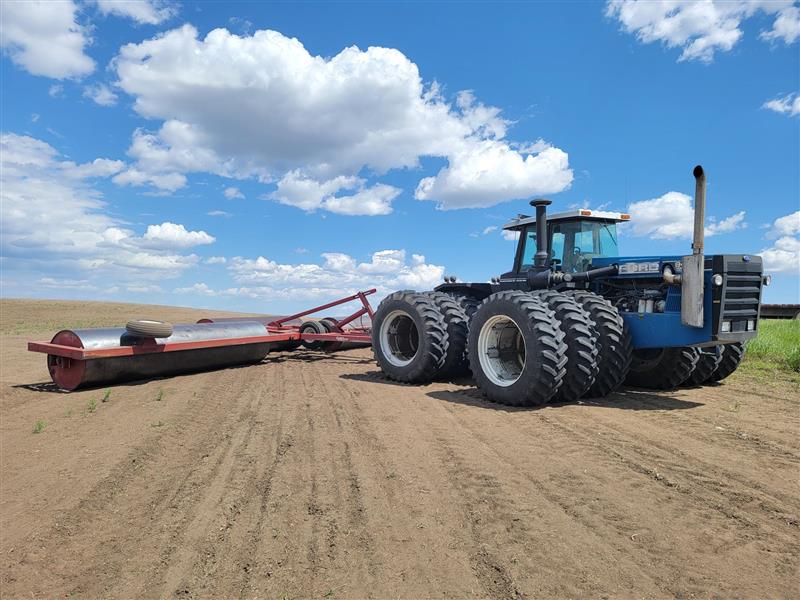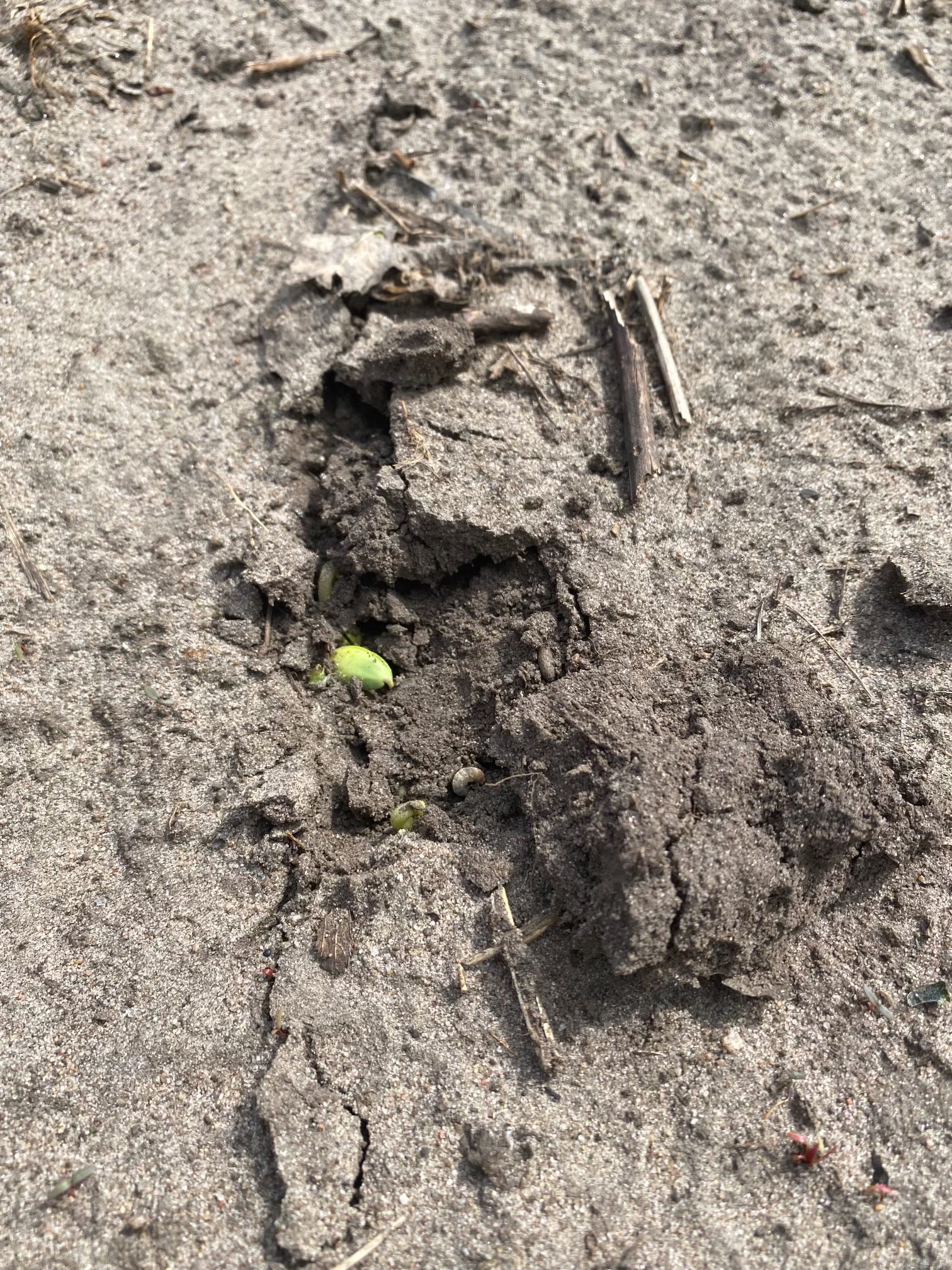Rolling Soybeans: Your Questions Answered

We’ve been getting a lot of questions recently about rolling soybeans. Can we go when it’s wet? At or just after emergence? What is my actual benefit? Is it worth it?
While the answers vary by geography and soil type, here is our advice.
What’s the Point?
Land rolling is most commonly utilized in soybeans, peas and other pulse crops to manage rocks, dirt clods and residues. Rolling the rocks and clods down helps even out the field surface making it easier to harvest in the fall. The same goes for managing residues like corn. Rolling soybeans or pulses following corn helps bust up root balls and aid in their breakdown by soil microbes.
While rolling fields has been used in some areas to improve germination in small grains, with soybeans and pulses, it is mainly used to improve harvest. For those crops where the combine header is typically very low to the ground, we want to even out the surface to prevent picking up rocks and soil and prevent damage to harvest equipment.
While you might not see an obvious dollar benefit, the idea is to prevent damage and downtime, and minimize extra maintenance during harvest. It’s like a pothole in the road. You COULD avoid it if you’re paying attention, but it would be better to get it fixed before it causes damage.
What kind of conditions are best?
Most people try to roll soybean ground immediately or shortly after planting, before emergence. While this is the best option, conditions and timing don’t always allow for that. Once beans begin to crack the ground, it’s best to avoid rolling between emergence and V1.

Studies by the University of Minnesota, NDSU and Iowa State have found soybeans can be safely rolled up to, but not including, V3 under the right conditions. During and after V3, there is a much greater chance of snapping off plants and damaging the stand. Soybeans can still be rolled after emergence, but I do not recommend it. If it can’t be helped, reserve rolling for warm afternoons when plant stems are more flexible in the heat. But be warned, you are still likely to see plant damage from tractor and implement tires.
If you’re rolling after planting, be careful that soil conditions aren’t too wet. While rolling doesn’t exert much force on the ground (about 3 lbs per square inch), rolling wet soils can set a field up for some nasty crusting issues if you catch a heavy rain, even ‘sealing’ the ground to water infiltration.
Rolling can save you a lot of headache and frustration come harvest time. But, be sure you watch your conditions and use caution when rolling emerged crops!



